2014 has been a great year for butterflies. As well as the well-known garden species, we often run into many others on our general tours, but sometimes it is worth going to different areas for specific butterflies.
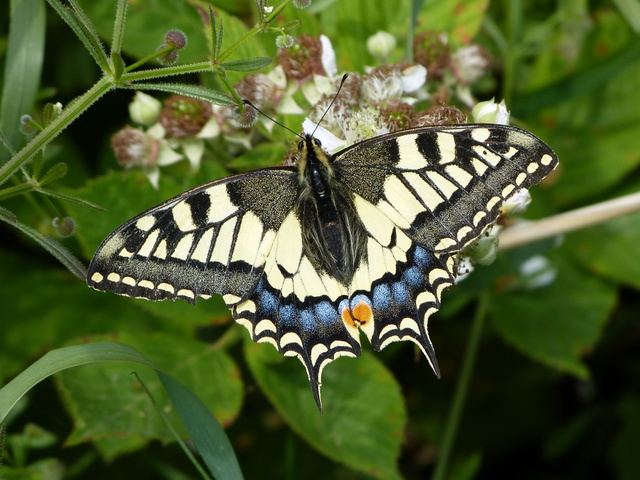 Swallowtail – only found in the Norfolk Broads
Swallowtail – only found in the Norfolk Broads
Swallowtail is the butterfly we are most often asked about. Our largest native butterfly, the British subspecies is restricted to the Norfolk Broads, so it is particularly sought after here. They are a real sight to behold, flying powerfully over the reedbeds or feeding around fenland flowers. June is the best time to see them (flight period is end May to early July, sometimes with a smaller second generation in August), though as with all butterflies sightings are rather weather dependent. I am considering running tours to the Broads in 2015 to try to catch up with this spectacular species, amongst other things, so if you might be interested in coming along, please let me know.
We have seen lots of butterflies on our tours in 2014, so here is a selection of some of the other species we have seen this year. Many species of fritillary used to be much more abundant, but changing land use and in particular the demise of traditional woodland coppicing has seen most disappear. Only two species are know found in Norfolk. The Dark Green Fritillary continues to thrive in the dunes of the North and East coasts, and recent years have seen the Silver-washed Fritillary recolonise the county.
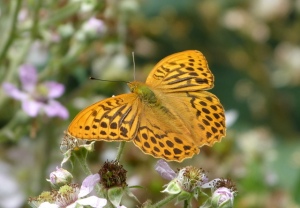
 Silver-washed (left) and Dark Green Fritillaries
Silver-washed (left) and Dark Green Fritillaries
The White Admiral has also spread more widely across Norfolk in recent years, and is now found in most areas of large woodland. At the right time of year, there are also several species of Hairstreak to be found in the same habitat – White-letter and Purple Hairstreak are typically found around the tops of mature elms and oaks respectively, in suitable areas. In contrast, Green Hairstreak is more of a heathland species and 2014 was a particularly good year for seeing these.

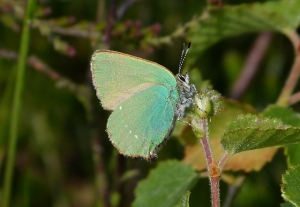 White Admiral (left) & Green Hairstreak (right)
White Admiral (left) & Green Hairstreak (right)
We also run into several species of Blue on our tours. Silver-studded Blues are restricted to a small number of inland heaths (often seen when looking for Dartford Warblers!) and Chalkhill Blue has been introduced to one site in North Norfolk. We also regularly encounter other species such as Brown Argus, Common Blue and Holly Blue.
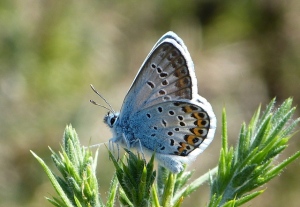
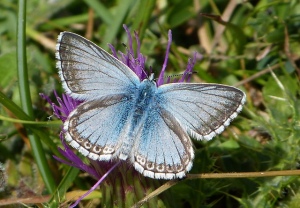 Silver-studded Blue (left) & Chalkhill Blue (right)
Silver-studded Blue (left) & Chalkhill Blue (right)
Then there are the species that tend to get less attention. Skippers are also commonly encountered. Large Skipper is the most widespread, but we have also seen lots of Small and Essex Skippers this year. Separating these last two can be a bit of a challenge for the uninitiated – the best way to tell them apart is by the colour of the underside of the antenna tip (black in Essex, orange in Small).
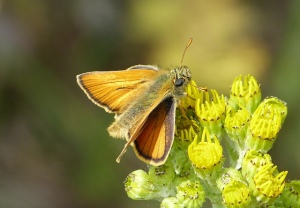
 Common Skipper (left) & Essex Skipper (right)
Common Skipper (left) & Essex Skipper (right)
On the heaths and coastal grasslands, we see plenty of Graylings and Small Heaths, and the hedgerows have been alive with Browns this year, including Ringlets and Gatekeepers.
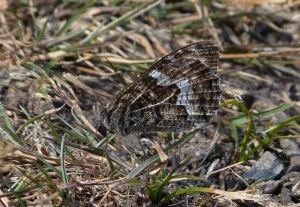
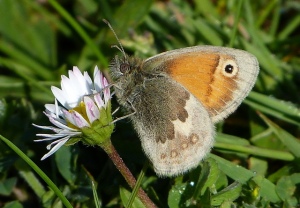 Grayling (left) & Small Heath (right)
Grayling (left) & Small Heath (right)
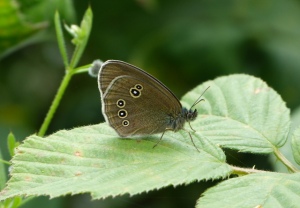
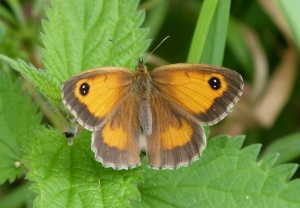 Ringlet (left) & Gatekeeper (right)
Ringlet (left) & Gatekeeper (right)
Last but not least, the Whites are a family which tends to get overlooked (unless they are in the garden, where they can be a real pest). Large, Small and Green-veined White are commonly seen. However, spending a bit of time on closer inspection can reveal the subtleties of the species.
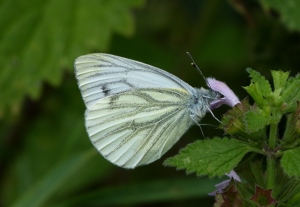
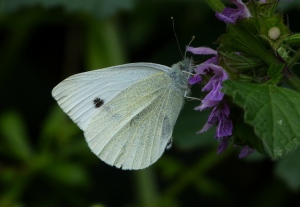 Green-veined White (left) & Small White (right)
Green-veined White (left) & Small White (right)
So our tours are not just about birds – we see a wide variety of other wildlife when we are out and about. Some butterflies, particularly our native Swallowtails, are well worth going to look for in their own right.
















